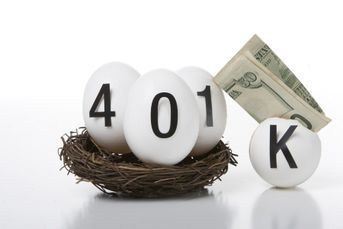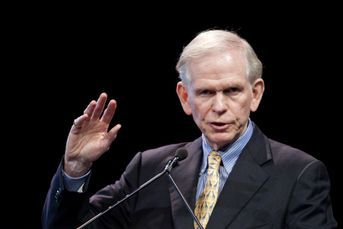A heat-seeking emerging markets ETF that laps its rivals
In a rough year for emerging-market ETFs, this fund laps its rivals. How? It's all about index construction. But there are drawbacks, too.
It’s been a challenging year for emerging markets. The hugely popular Vanguard FTSE Emerging Markets ETF (VWO) is down about 1 percent so far in 2013; the iShares MSCI Emerging Markets Index (EEM) has fallen 2.1 percent. Bucking the trend is the PowerShares DWA Emerging Markets Technical Leaders Portfolio (PIE). That ETF is up 14.6 percent during the same period. How is that possible?
It all comes down to the design of the index that PIE tracks — the Dorsey Wright Emerging Markets Technical Leaders Index, developed by technical analysis pioneer Tom Dorsey’s firm.
Here’s how it works: Every quarter the index looks through more than 2,000 emerging market stocks and picks the 100 that have performed the best relative to the group over the past six to 12 months. That’s a wildly different approach from that taken by VWO and EEM. Those are traditional market-cap-weighted ETFs, in which the largest stocks in a group dominate the index.
Let’s look at the year-to-date performance of the four countries PIE weighs most heavily:*
Indonesia: 16.2% of assets; up 18.2%
Thailand: 14.3% of assets; up 10%
Mexico: 11.1% of assets; down 2.8%
Turkey: 11% of assets; up 19.4%
Therein lies the reason for PIE’s outperformance. It has heavy weightings in the smaller, more successful emerging market countries and lighter weightings in struggling BRIC countries. Chinese stocks make up 7 percent of the fund and Brazilian companies 4 percent. In VWO, Chinese stocks are 14.5 percent of the fund and Brazilian stocks are another 14.5 percent. For EEM, it’s 13.6 percent and 12.7 percent. Unlike many of its peers, PIE isn’t beholden to any country or region or sector — it simply follows the heat.If
If PIE has any warts, it’s that it yields a dismal 0.59 percent, compared to a peer average of 2.2 percent.
PIE’s outperformance extends back historically. If you go back three years, it’s up 52.3 percent, compared to 15.6 percent for VWO and 14.1 percent for EEM. And its dominance extends beyond those two peers. When stacked up against the 44 other emerging market equity ETFs, PIE is No. 1 in year-to-date performance, with a 14.5 percent return, according to Bloomberg data. It’s No. 2 in one-year performance (31.4 percent) and No. 1 in three-year performance (60.2 percent).
If PIE has any warts, it’s that it yields a dismal 0.59 percent, compared to a peer average of 2.2 percent. PIE’s low yield is a byproduct of some of the smaller-sized companies in its portfolio, which is a byproduct of it using only performance as a criteria. PIE’s portfolio has an average market capitalization of $7.4 billion. For both VWO and EEM, it’s $42 billion.
PIE is also pricey, with an expense ratio of 0.90 percent. VWO, meanwhile, is available for 0.18 percent. If your ETF is outperforming by 15 percent, however, it may not be that tough to forget about the 0.72 percent fee differential.
Investors are taking note. The fund has had $264 million in net inflows this year — doubling its size in less than five months. Still, it would take a very long time for it to catch up to the size and status of VWO and EEM. Those two are the second- and fourth-largest ETFs in the world, at $57.9 billion and $45 billion. PIE’s market cap is $538 million.
*Year-to-date return using the respective MSCI index for each country
Learn more about reprints and licensing for this article.








